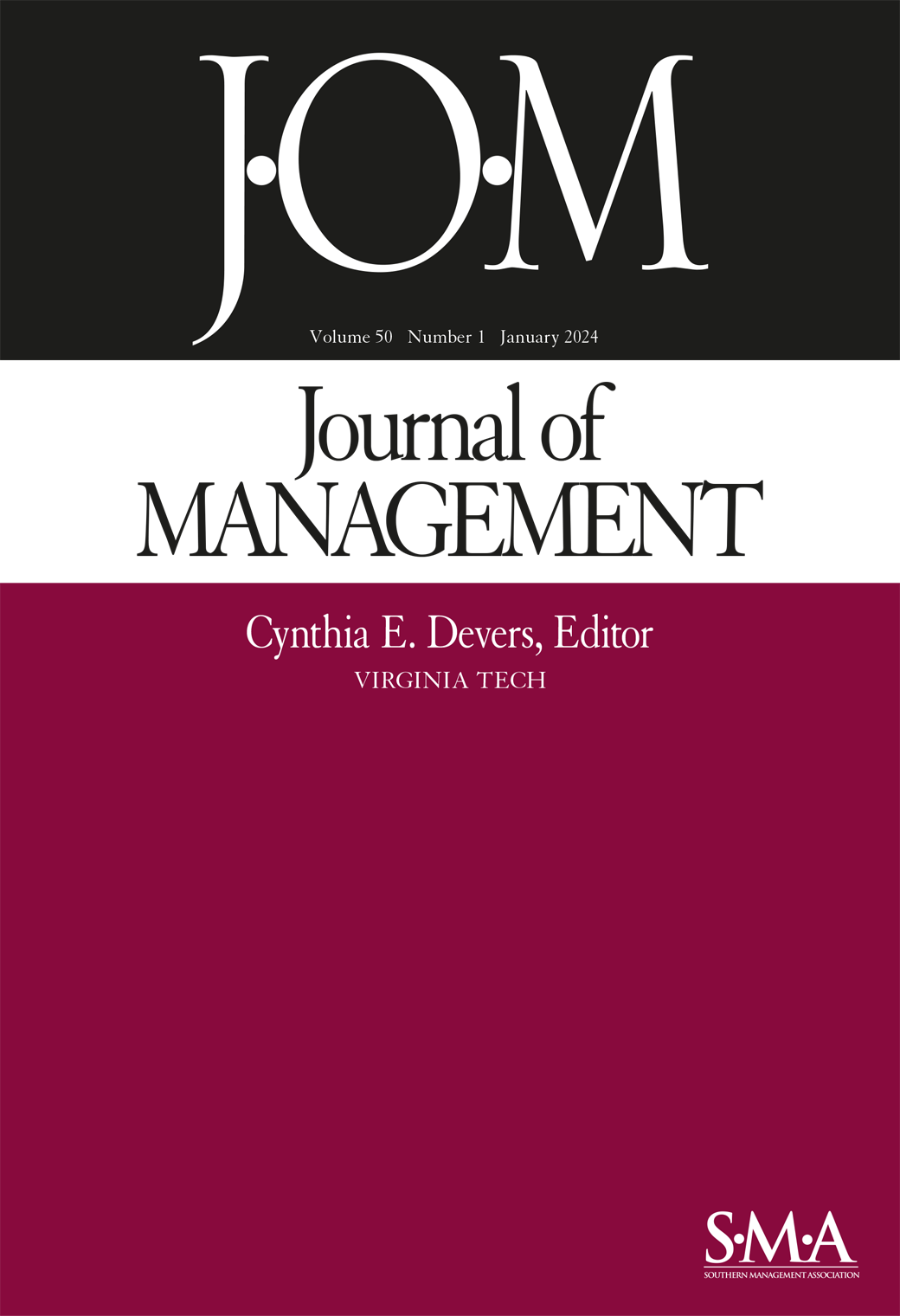Hic Sunt Dracones:比较ITCV与对照变量相关性的风险
IF 9
1区 管理学
Q1 BUSINESS
引用次数: 0
摘要
为了检验其结果对遗漏变量偏差的稳健性,管理研究人员经常将混杂变量的影响阈值(ITCV)与控制变量相关性进行比较。本文描述了这种方法的三个问题。首先,在数学上不同的尺度上测量ITCV和控制变量的相关性。因此,它们的直接比较是不合适的。其次,公平的比较需要一个被称为“无条件ITCV”的重新调整的ITCV版本。第三,即使是对无条件ITCV的解释也会因为多个被忽略的变量、众多的控制变量以及被忽略变量和控制变量之间的相关性而变得复杂。我们通过简单的计算机生成数据、蒙特卡罗模拟和基于已发布数据集的实际应用来说明这些问题。这些结果表明,基于ITCV和控制变量相关性的经验法则具有误导性,需要采用其他方法来运行、解释和报告ITCV。本文章由计算机程序翻译,如有差异,请以英文原文为准。
Hic Sunt Dracones: On the Risks of Comparing the ITCV With Control Variable Correlations
To examine the robustness of their results against omitted variable bias, management researchers often compare the Impact Threshold of a Confounding Variable (ITCV) with control variable correlations. This paper describes three issues with this approach. First, the ITCV and control variable correlations are measured on mathematically different scales. As a result, their direct comparison is inappropriate. Second, a fair comparison requires a rescaled version of the ITCV known as “the unconditional ITCV.” Third, even the interpretation of the unconditional ITCV is complicated by the presence of multiple omitted variables, numerous control variables, and correlations between the omitted and control variables. We illustrate these issues with simple computer-generated data, a Monte Carlo simulation, and a practical application based on a published dataset. These results suggest that rules of thumb based on ITCV and control variable correlations are misleading and call for alternative ways of running, interpreting, and reporting the ITCV.
求助全文
通过发布文献求助,成功后即可免费获取论文全文。
去求助
来源期刊

Journal of Management
Multiple-
CiteScore
22.40
自引率
5.20%
发文量
0
期刊介绍:
The Journal of Management (JOM) aims to publish rigorous empirical and theoretical research articles that significantly contribute to the field of management. It is particularly interested in papers that have a strong impact on the overall management discipline. JOM also encourages the submission of novel ideas and fresh perspectives on existing research.
The journal covers a wide range of areas, including business strategy and policy, organizational behavior, human resource management, organizational theory, entrepreneurship, and research methods. It provides a platform for scholars to present their work on these topics and fosters intellectual discussion and exchange in these areas.
 求助内容:
求助内容: 应助结果提醒方式:
应助结果提醒方式:


